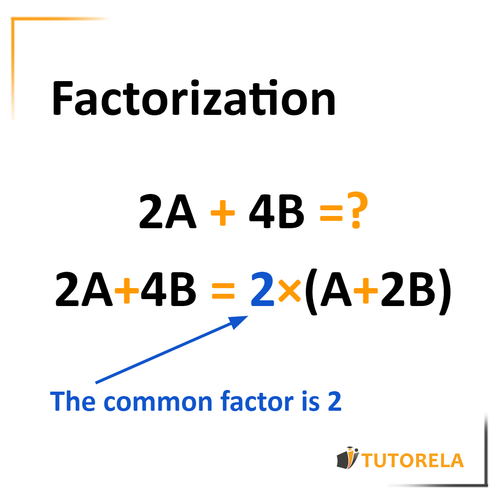The factorization we do by extracting the common factor is our way of modifying the way the exercise is written, that is, from an expression with addition to an expression with multiplication.
For example, the expression
is composed of two terms and a plus sign. We can factor it by excluding the largest common term.
In this case it is .
We will write it as follows:
Since both terms ( and ) were multiplied by we could "extract" it. The remaining expression is written in parentheses and the common factor (the ) is kept out.
In this way we went from having two terms in an addition operation to having a multiplication. This procedure is called factorization.

You can also apply the distributive property to do a reverse process as needed.
In certain cases we will prefer to have a multiplication and in others an addition.